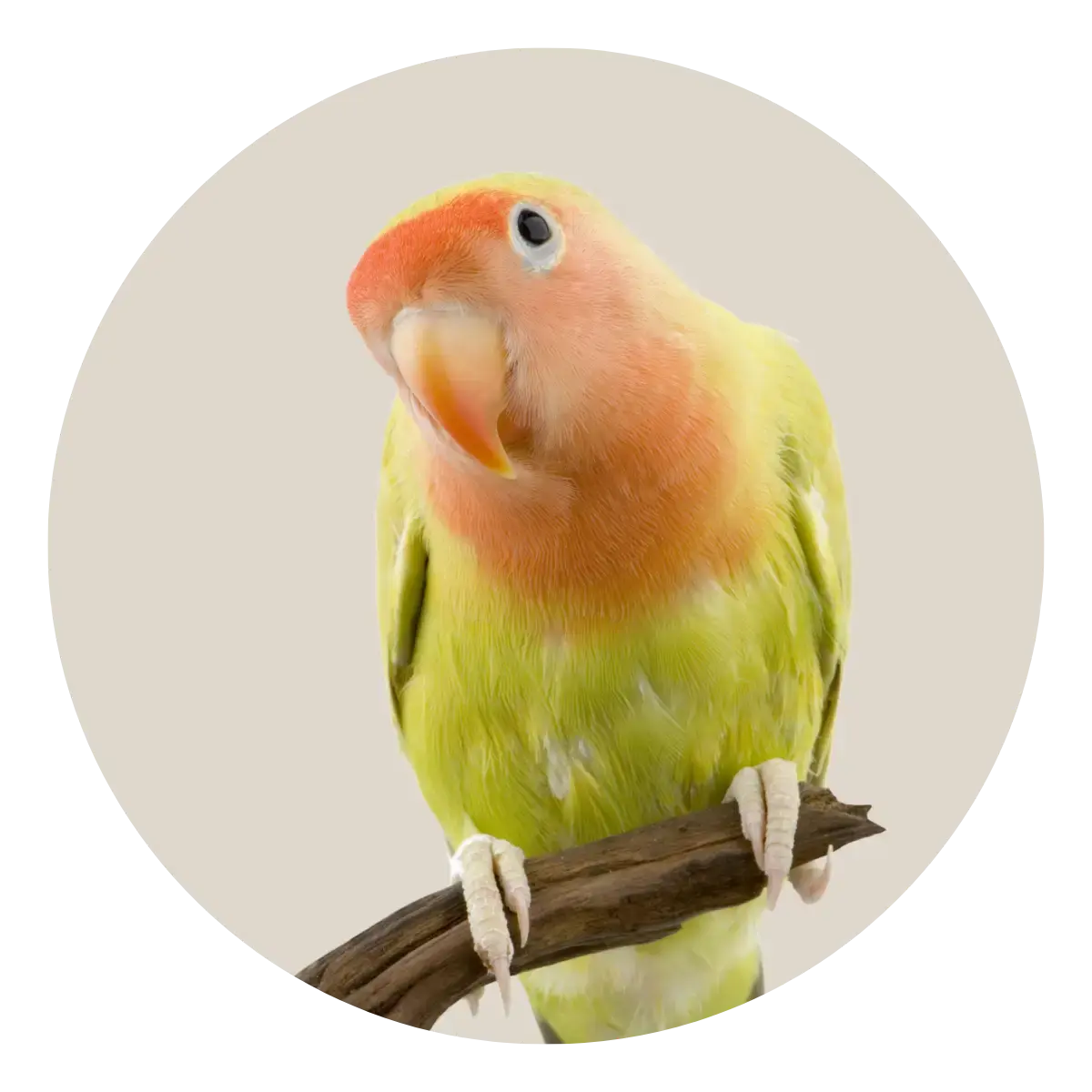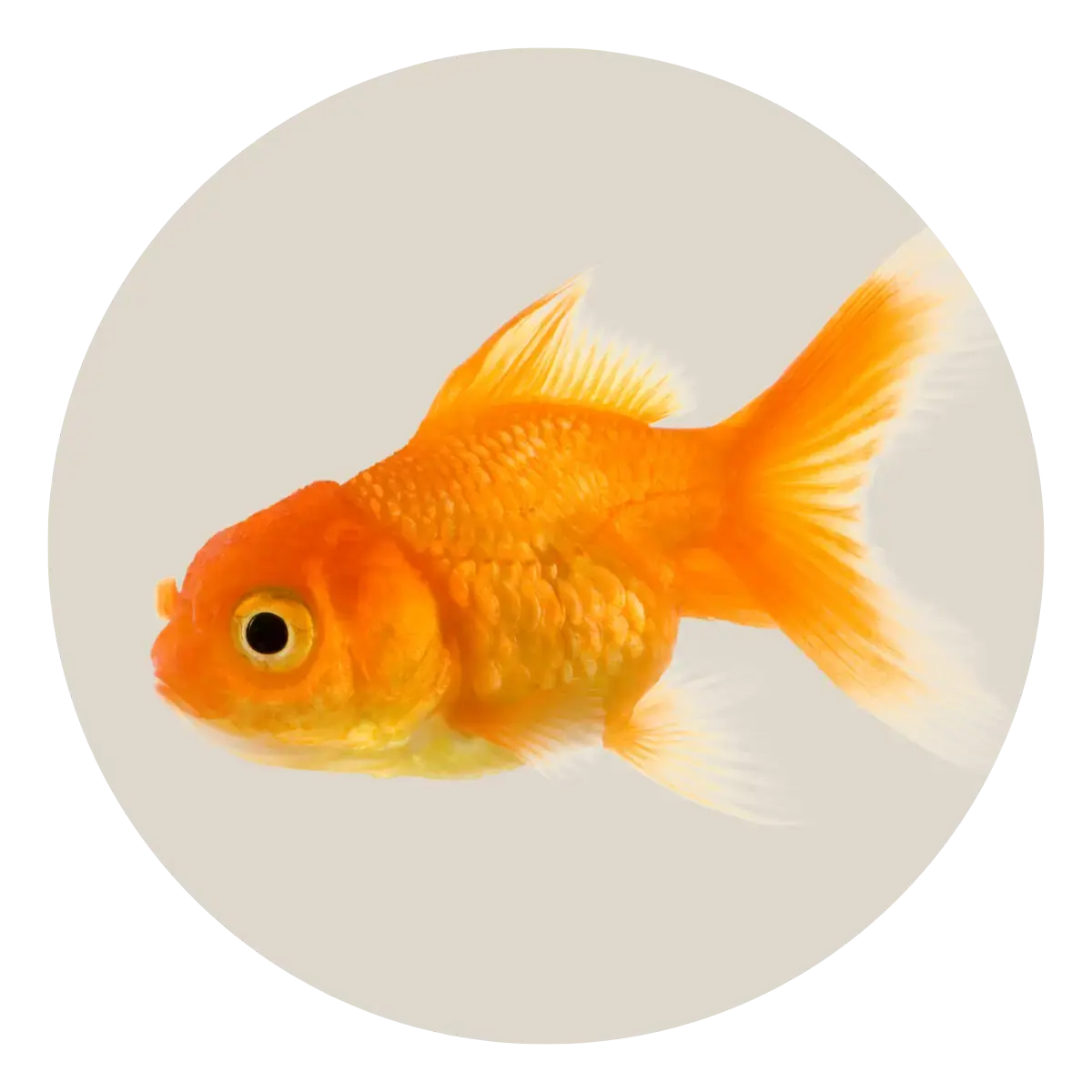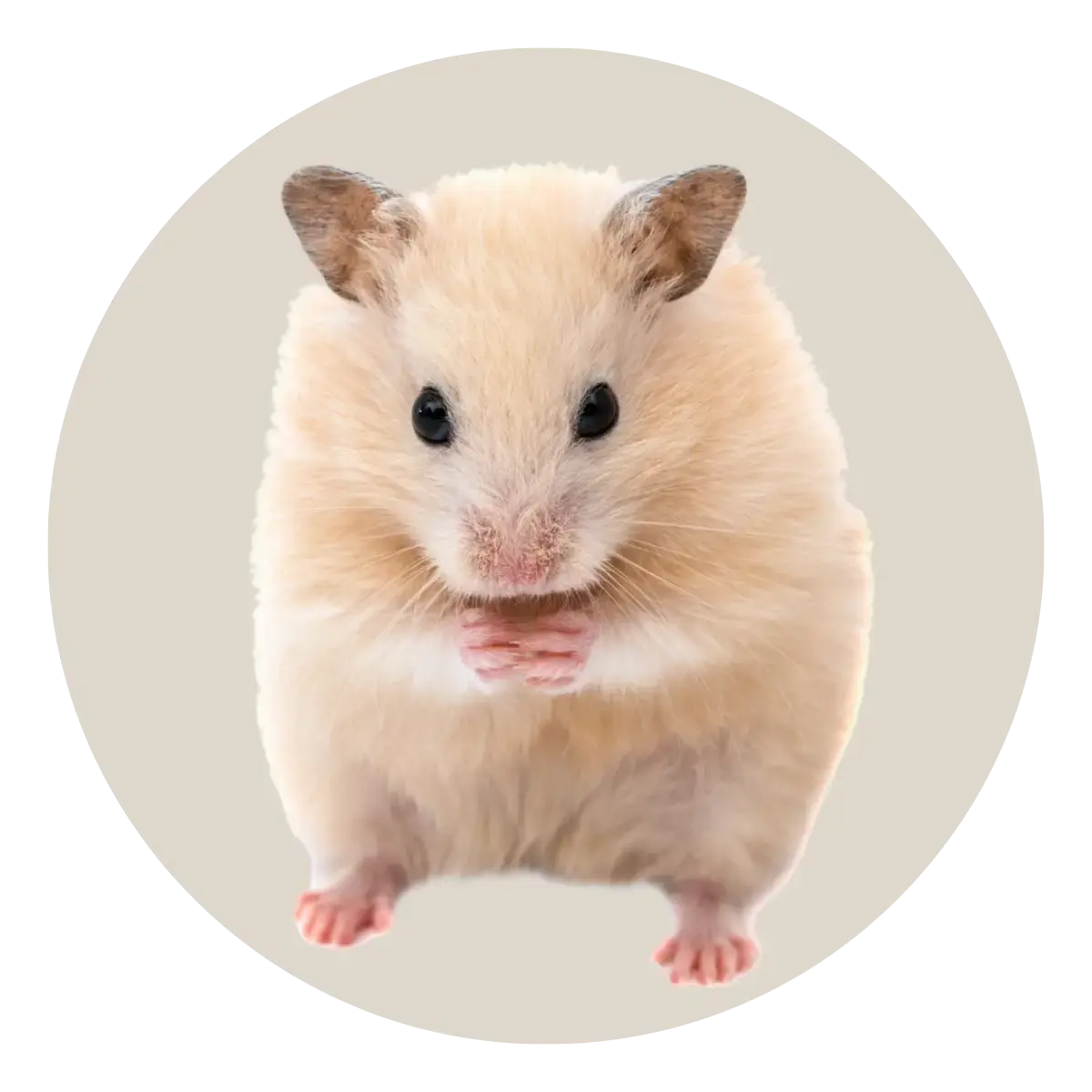There are numerous reasons you may want to change your small herbivore’s diet. Perhaps your furry friend is battling a chronic illness, has moved to another stage in life’s journey, or your veterinarian recommended a nutrition overhaul. Maybe your kiddo is a recent addition to the household and was previously fed a diet that didn’t fit your preferences as a pet parent. Or maybe you’re just looking to switch to a higher-quality, fortified pelleted diet. Regardless of the reason, a proper diet transition is essential to ensure your beloved companion takes to the new food as seamlessly as possible and doesn’t overwhelm their gastrointestinal tract.
Why Transition?
As many small herbivore parents know, our little friends, and the specialized bacteria living within their digestive tracts, are very sensitive to even the most subtle changes in their environment, diet included. Though two diets may appear similar from a visual comparison, the ingredients, formula, and nutritional profile can be quite different. These differences, even if they appear subtle, necessitate an adjustment phase. Though some little ones can tolerate a “cold-turkey” transition, it is much safer and easier on them and their digestive tract to do a gradual food transition. Any abrupt change in diet can cause gastrointestinal irritation, a negative impact on the microbiome resulting in stool changes, intestinal discomfort, and even life-threatening gastrointestinal stasis. A gradual transition helps guard against upsetting their delicate system by allowing them to acclimate to the new diet. Small herbivores are concentrate-selectors by nature, which means they tend to be quite picky when it comes to food. As prey species, this tendency served their wild ancestors well, helping to ensure they consumed the most nutritionally dense, non-toxic vegetation, but it can make for a frustrating diet transition in our domesticated companions. Providing your small herbivore with a gradual diet transition allows time for your pet to get used to the different textures, flavors, and aromas of their new food.
How to Properly Transition
Properly transitioning a pet onto a new food, especially from a muesli mix (a mixture of seeds, nuts, pellets, and colorful mystery pieces) to a fortified, uniform pelleted diet is often not an easy task. In fact, it is a process that takes time and commitment to complete. Though many pet parents have heard of, and even completed, the standard 7-day diet transition with their dogs and cats, small herbivores need quite a bit more time to adjust to a new diet. During this process, patience and persistence are is key. When transitioning diets, we strongly encourage pet parents to follow a minimum of a 4-week transition schedule. This drawn out, gradual process gives your little one a good opportunity to become familiar with the new characteristics of the food. There are many tactics that can be employed to ease the transition such as adding chopped up pieces of their favorite greens or veggies to the blend of new and old pellets, essentially making a “pellet salad.” Owners have also found success mixing in small amounts of fragrant herbs like basil, cilantro, and parsley that often encourage your little one to sample the new pellets, and can help ensure a quicker, smoother transition for everyone involved.
Transitioning between diets can be confusing at any volume, but when we are discussing a feeding volume as small as one-eighth of a cup, the difficulty can be amplified. It is important to always use an actual measuring device to ensure the correct volume is being offered, as over-feeding pellets is a common nutritional issue. Below you will find diet transition charts to help walk you through the transition process at our most commonly recommended feeding volumes.





Credit: Oxbow








